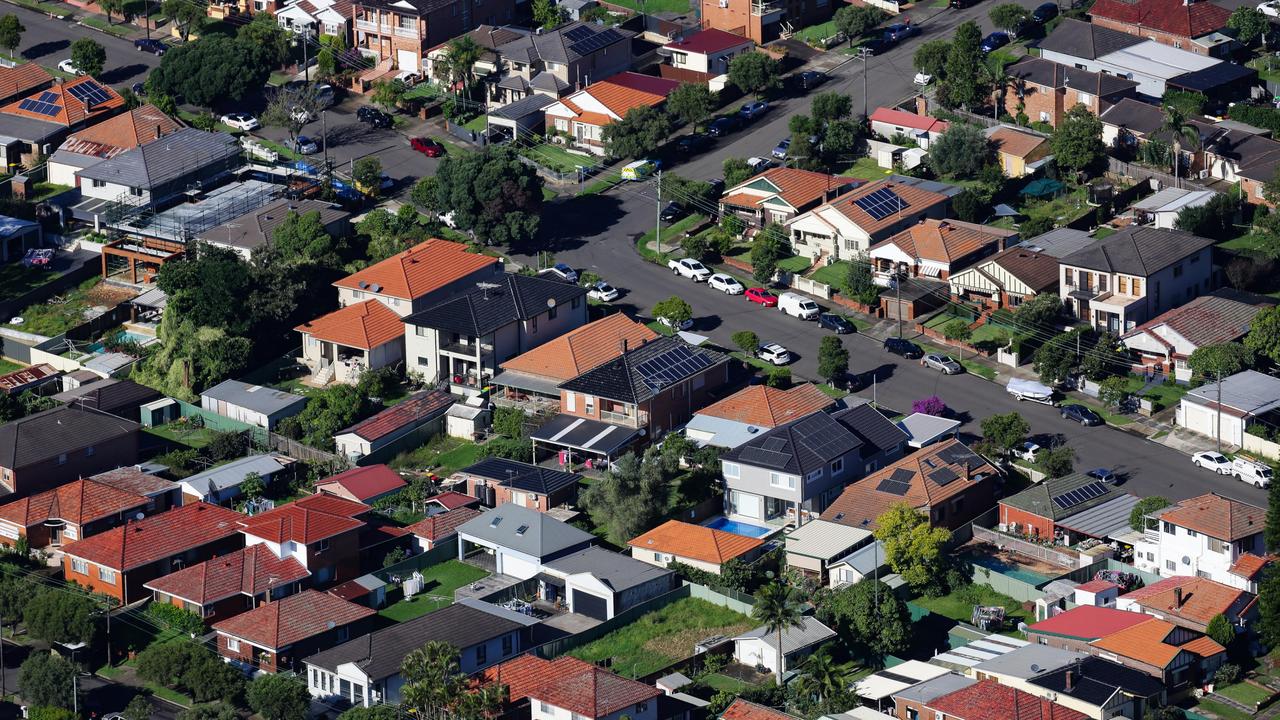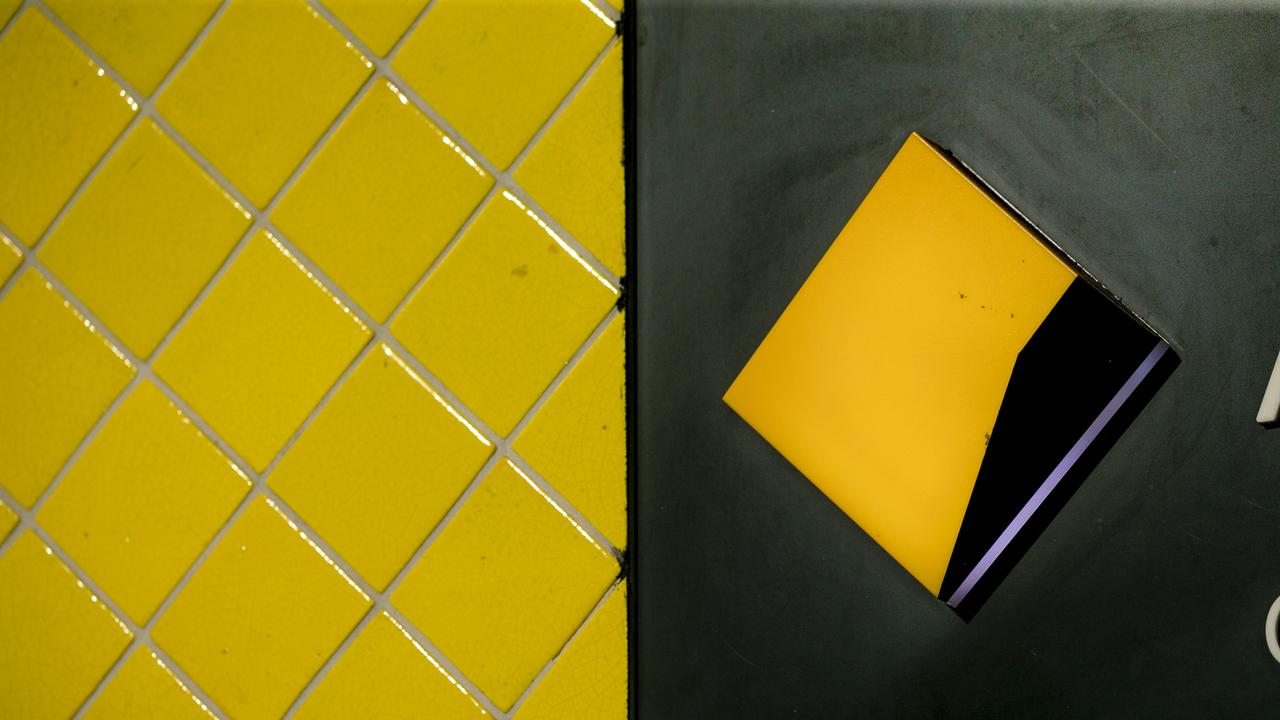The six key challenges for Sydney and Melbourne to be smart cities of the future
AUSTRALIAN cities face mounting pressure over expensive housing, urban sprawl and traffic nightmares. This is how we can fix them.
IN AUSTRALIA’S technology driven “smart cities” of the future, residents will be able to use their phone to make real time decisions on whether a new building or a park is built in their suburb while riding a bus that has left it’s normal route to pick them up from home.
That’s the view of an expert on how our cities will evolve.
But in the battle to become Australia’s leading modern city, Sydney is lagging behind Melbourne while both capitals are lacking in the one key area they need to excel in to be “future ready”.
And if Australia’s cities don’t get their act together it could have disastrous consequences.
“Melbourne and Sydney are in a competition with cities across the world for talent,” Oliver Jones, an expert on economic and policy at consultants EY (Ernst and Young) tells news.com.au. “If a city is not meeting its citizens’ needs, those citizens will become increasingly disengaged, have a worse quality of life and not want to live there.”
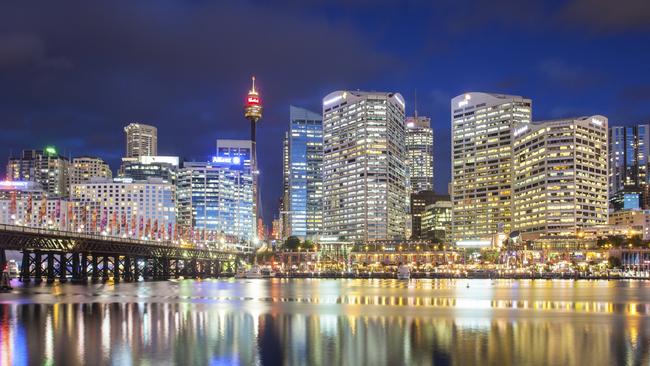
EY has released new research comparing Sydney and Melbourne and how residents of both want their homes to evolve into smart cities.
Associate director of the City Futures Research Centre at the University of NSW, Professor Chris Pettit, told news.com.au innovation and data would be the next big leap into the future for our major metropolises.
“A smart city is a city that uses technology to connect communities and have healthier and happier cities.”
The EY report distilled the responses of Sydneysiders and Melburnians down into a list of challenges that had to be met if they were to stay put.
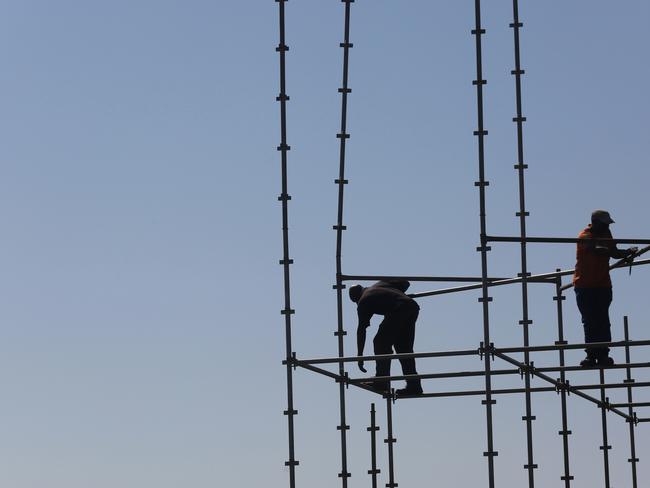
“These six key areas were what the citizens of the two cities were telling us matters to them.
On several metrics Sydney falls behind Melbourne and there is one where the Victorian capital streaks ahead — the cost of living.
In Sydney, 56 per cent of respondents said housing was not affordable compared to 38 per cent of people in Melbourne. And while 45 per cent of Melburnians said they were frustrated about the high cost of living, a whopping 64 per cent of Sydneysiders worried about money.
“Housing was a concern for people living in Sydney which is common with a lot of global cities that are attractive places to live,” said Mr Jones. “Helping people with housing affordability is really important.”
The report showed while both Sydneysiders and Melburnians were proud of their cities, those in Victoria thought their home won out in terms of culture and being fashionable. While those in NSW said their capital won out in terms of beauty and being internationally well-known.
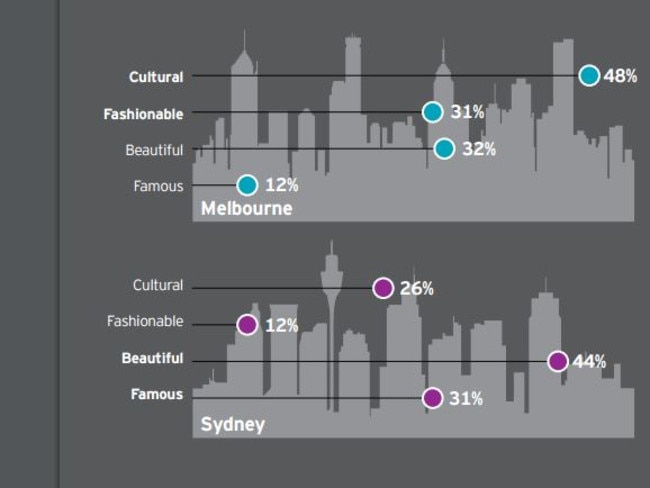
But even cities that succeed in meeting the six key challenges, there is an even bigger issue — a lack of focus on the actual residents.
Prof Pettit said in the excitement of creating new technology, how that actually helped city dwellers had been overlooked.
“There has been a people gap (with smart cities) but that is changing and we need to put people and place front and centre when realising a vision of smarter cities.”
Mr Jones said the major takeout from EY’s research was that residents wanted more of a say.
“People make a city. And while technology is really important it’s how we use technology to better help in the decisions people want made and allow city planners to be more responsive.”
A key focus of smart cities is on harnessing “open data” — that is encouraging organisations to put their data in the public domain for others to use.
An example is Transport for NSW’s decision to not spend millions creating its own public transport app but rather release the information to developers to create their own apps.
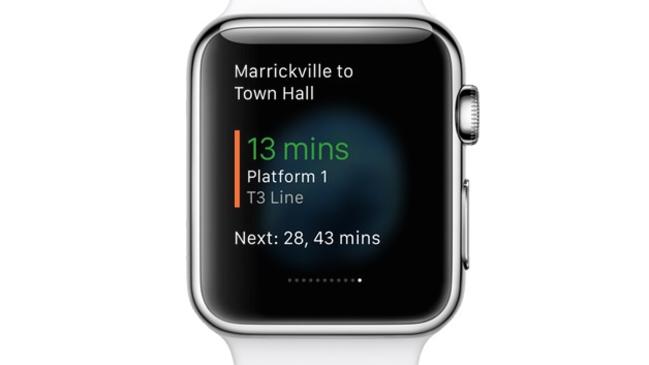
In June, Prime Minister Malcolm Turnbull announced $50 million would be ploughed into a smarter cities program to encourage government bodies to share their data.
Indeed, this is one of the areas where Sydney is gaining ground on Melbourne.
Not only were Sydney’s public transport users using apps to find out if their bus was running late years before those in Melbourne were, now they can access a unique website bringing together reams of open data in one place.
On a single page, the UNSW’s new Sydney City Dashboard details information on transport conditions, weather forecast, air quality and even what’s trending on social media in Sydney.
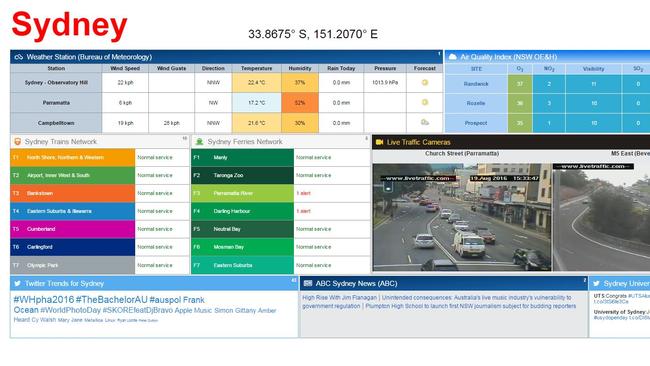
Mr Jones said even more could be done to connect people with their city. Social media and new technology could be harnessed to allow residents to give politicians their views on subjects from planning applications to how the city should develop.
He cites the example of a city’s bus network which rarely changes from one year to the next. Yet commuters are increasingly using apps that can feed valuable data on travelling habits back to planners.
“As a city planner, if I’m thinking about a bus system for the next three to five years that’s based on an estimate of what people want to do and when. But citizens will be used to much more flexibility in the future and the bus service will have to be far more responsive.”
Public transport may have to adapt altering routes and frequencies in real time.
“If the data is telling me 10 people want to go to suburb X to CBD, shall I change the route? That poses a challenge for the existing bus network as it pushes it to be more responsive,” said Mr Jones.
But Prof Pettit warned that there were dangers in being too beholden to people with access to technology.
“This can exacerbate social polarisation and inequality as it can magnify the power and influence of individuals and interest groups with technology.”
However, they agree on a crucial point. Cities like Singapore are winning the smart cities arms race and are busy using technology to connect up there citizens and attract new business and talent. Australia falls behind at its peril.
THESE SMART CITY CHALLENGES ARE:
- Affordability — can a city’s citizens afford the lifestyle they want?
- Agility — are services, systems and information integrated so residents can know what’s happening right now?
- Amenity — is there easy access to education, health and other services to promote community wellbeing?
- Safety — do residents feel safe there day and night?
- Spaces — are there spaces such as parks, city squares and creative hubs?
- Opportunity — is there access to employment and cultural events?
benedict.brook@news.com.au


